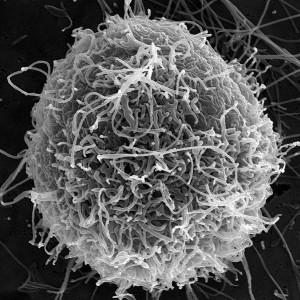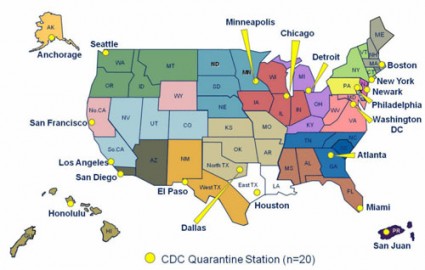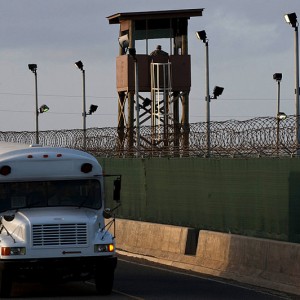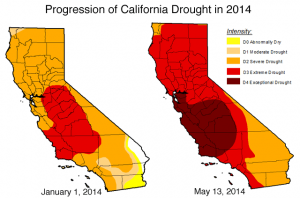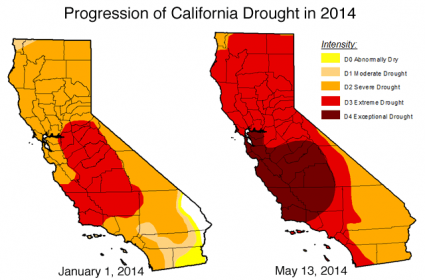 Charlie Sheen’s announcement that he is HIV positive has created a huge uproar as critics attack him from every direction, but the truth is that Charlie Sheen is simply a reflection of our society as a whole. You see, the truth is that it isn’t just big Hollywood stars that are engaged in insanely risky sexual behavior. According to the CDC, there are 110 million cases of sexually-transmitted disease in America today, and another 20 million STD cases are added to that total every year. The United States has the highest STD infection rate in the entire industrialized world, and more than half of all Americans will have a sexually-transmitted disease at some point during their lives. Approximately one out of every four teen girls in the U.S. has at least one sexually transmitted disease, and our nation spends $16,000,000,000 a year treating STDs. So go ahead and point a finger at Charlie Sheen if you want, but just remember that he is only a very small part of a raging national epidemic.
Charlie Sheen’s announcement that he is HIV positive has created a huge uproar as critics attack him from every direction, but the truth is that Charlie Sheen is simply a reflection of our society as a whole. You see, the truth is that it isn’t just big Hollywood stars that are engaged in insanely risky sexual behavior. According to the CDC, there are 110 million cases of sexually-transmitted disease in America today, and another 20 million STD cases are added to that total every year. The United States has the highest STD infection rate in the entire industrialized world, and more than half of all Americans will have a sexually-transmitted disease at some point during their lives. Approximately one out of every four teen girls in the U.S. has at least one sexually transmitted disease, and our nation spends $16,000,000,000 a year treating STDs. So go ahead and point a finger at Charlie Sheen if you want, but just remember that he is only a very small part of a raging national epidemic.
Now don’t get me wrong – I am certainly not defending Charlie Sheen. I am simply pointing out our hypocrisy. We love to tear others down while not realizing our own faults.
On Tuesday morning, Charlie Sheen told the world that he is HIV positive. The following is how USA Today announced the story…
Charlie Sheen is HIV positive, he told Matt Lauer during a much-touted exclusive Today show interview Tuesday morning.
The actor, whose drug use, rehab stints, legal issues, outbursts, on-set antics and many romantic entanglements have shaped his bad-boy image, confirmed the news, which had been swirling since Monday.
Of course Charlie Sheen is not being criticized for being HIV positive. Rather, the reason why so many people are jumping on him is because he continued to have unprotected sex even after he learned that he had HIV…
When Lauer asked Sheen if he had engaged in unprotected sex since his diagnosis, the actor responded in the affirmative. “The two people I did that with were under the care of my doctor and they were completely warned ahead of time.”
Talk about stupid.
And yet millions of other Americans are also running around having casual sex with people even after becoming infected with a sexually-transmitted disease.
For example, let’s take a look at chlamydia. According to the CDC, last year we broke the all-time record for the number of new chlamydia cases reported…
Chlamydia cases had dipped in 2013, but last year’s total of more than 1.4 million — or 456 cases per 100,000 — was the highest number of annual cases of any condition ever reported to the CDC.
The chlamydia rate was up almost three percent from 2013, new figures revealed.
The CDC is also reporting that cases of gonorrhea and syphilis are rising as well…
The CDC report revealed gonorrhea cases totaled 350,062, up five percent from 2013, and the most contagious forms of syphilis jumped 15 per cent to 20,000 cases.
What makes these numbers even more heartbreaking is the fact that our young people are being disproportionately hit by these diseases.
Of the 20 million new STD cases each year, Americans from the age of 15 to 24 account for about half of them.
This should not be happening. We have dramatically failed our young people, and the numbers just keep getting worse.
But instead of changing course and trying to do things differently, our entire culture continues to promote casual sex. As I wrote about just recently, the average American spends an average of 293 minutes a day watching television. And these days it is hard to find any show on television that is not talking about sex, and sometimes the commercials are the worst. I get so disgusted when I am trying to watch a football game and a Viagra commercial comes on. The reason I get so disgusted is that I know that millions of little boys are watching the games along with their fathers, and these commercials are communicating things to them that they do not need to know yet.
We need to teach our young people that there are rules, and that there can be very serious consequences for breaking those rules.
Above, I wrote about the latest numbers for chlamydia, gonorrhea and syphilis, but there are other STDs that are raging out of control as well. The following statistics for HBV, genital herpes and HPV come from the American Sexual Health Association…
- One out of 20 people in the United States will get infected with hepatitis B (HBV) some time during their lives. Hepatitis B is 100 times more infectious than HIV.
- Approximately half of HBV infections are transmitted sexually. HBV is linked to chronic liver disease, including cirrhosis and liver cancer.
- It is estimated that as many as one in five Americans have genital herpes, a lifelong (but manageable) infection, yet up to 90 percent of those with herpes are unaware they have it.
- With more than 50 million adults in the US with genital herpes and up to 776,000 new infections each year, some estimates suggest that by 2025 up to 40% of all men and half of all women could be infected.
- Over 14 million people acquire HPV each year, and by age 50, at least 80 percent of women will have acquired genital HPV infection. Most people with HPV do not develop symptoms.
It doesn’t take a genius to figure out that we have a massive problem in this country.
But we certainly don’t want to hear about “morality”, do we?
We don’t want it anywhere in our schools, in our courts, in our government or in our entertainment.
We just want to do whatever we want to do, but then we are shocked when we learn that there are very serious consequences for being so reckless.
This STD epidemic is going to continue to rage out of control until we find a solution.
So how do we solve this problem?
Is there any hope that things can be turned around?
Please feel free to tell us what you think by posting a comment below…

